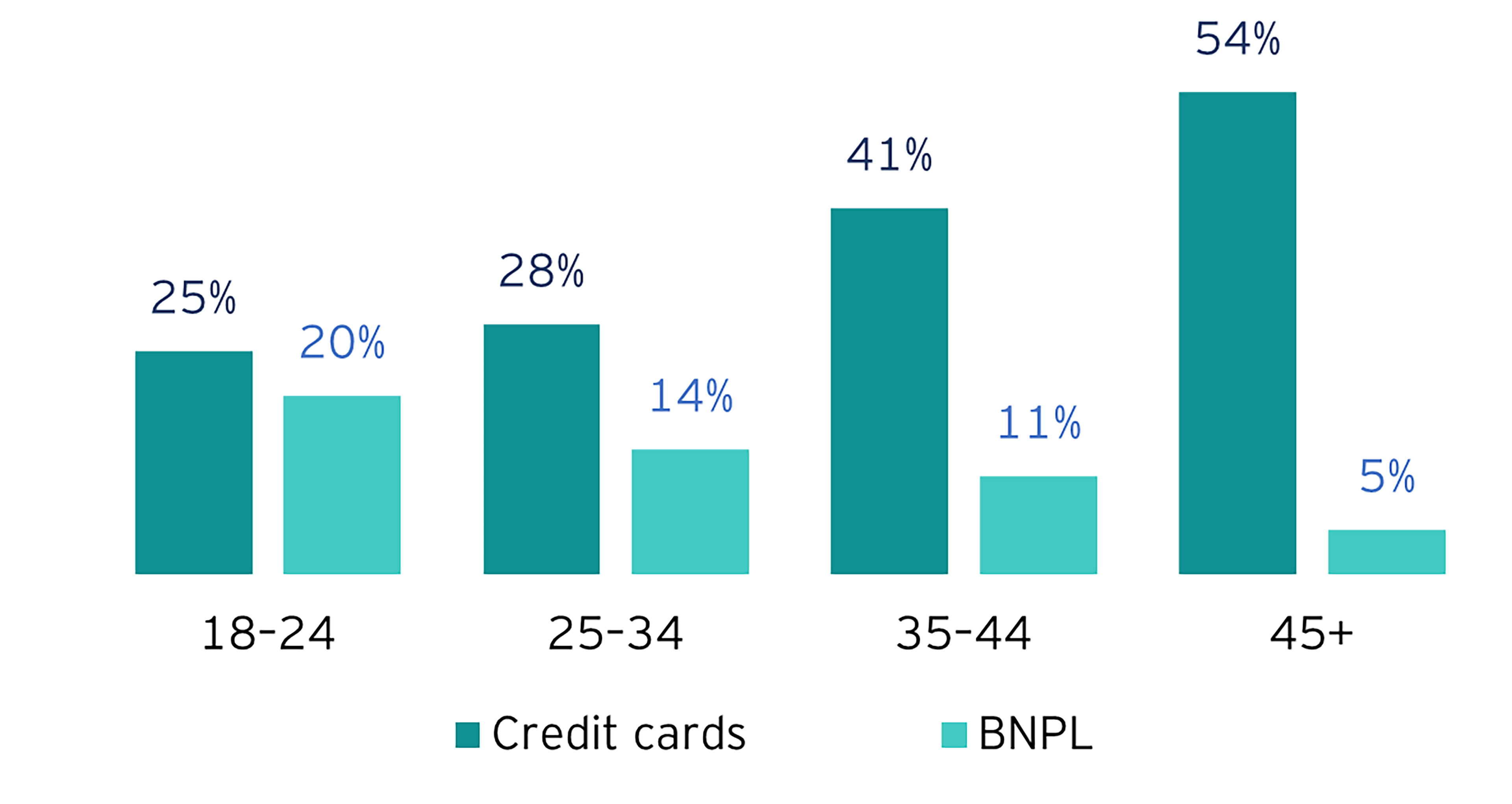EY refers to the global organisation, and may refer to one or more, of the member firms of Ernst & Young Global Limited, each of which is a separate legal entity. Ernst & Young Global Limited, a UK company limited by guarantee, does not provide services to clients.

In brief
- Open banking has the potential to reshape New Zealand’s financial services
- With lessons learned from overseas New Zealand has an opportunity to take a rapid, full-suite go-live approach
- New Zealand’s banks need to decide whether to ‘stick or twist’ during the wait for CDR legislation
In July 2021, the Government announced its decision to roll out a consumer data right (CDR) in New Zealand sector-by-sector, starting with the banking sector before extending to other industries, such as utilities and insurance. The expectation is that this legislation will bring about an enforced – rather than optional – Open Banking framework in New Zealand.
Open banking has the potential to reshape New Zealand’s financial services, as the Government seeks to increase competition and choice, giving customers more convenience and flexible access to services. CDR will provide the legal foundation for banking customers to take control of data about themselves and benefit from sharing that information with other service providers in a secure and consent-based manner. The objective is to enable improved services for consumers, allowing new providers to bring innovative alternatives, and competition in individual products normally ‘bundled’ together.
This is very much in line with the expectations of New Zealand consumers who are keen to search out and use new services. We can see this in areas such as buy now pay later (BNPL), where younger consumers are using BNPL and abandoning credit cards for purchasing needs. EY research from 2021 (see figure) found 18-24-year-olds are almost as likely to use BNPL as they are to own a credit card.

Consumer appetite for cryptocurrency is also strong. According to FMA’s Investor Confidence Research, 10% of New Zealanders hold cryptocurrency and 2% are investing in NFTs. While the research doesn’t specify the demographics of these respondents, the likelihood is they are overwhelmingly younger people.
Customers are ready for Open Banking. So, what will that mean for New Zealand?
Lessons from the Open Banking experience in other countries
Around the world, Open Banking is proving to be a disruptive force in the financial services industry. However, the costs of establishing an Open Banking or CDR-based data sharing framework have been significant. Hundreds of millions in local currencies have been spent by government agencies, banks, and data recipients or third parties in other countries as follows.
- Governments – Markets taking a regulatory-driven approach have required high levels of government funding over a multi-year, multi-agency commitment. Both Australia and UK have seen significant investment from central government investment to kick off rollout and adoption.
- Banks – Spending on compliance with Open Banking / CDR requirements typically exceeds initial expectations, with banks spending tens to hundreds of millions (local currency), requiring resources to be redirected from other banking objectives.
- Recipients – In Australia, estimates for third party data recipients’ readiness and compliance vary significantly, but have been significant. This has been a serious barrier to new service deployment, innovation and adoption. In part, it accounts for Australia’s slow adoption, with 23 active data recipients so far. It’s anticipated that changes to accreditation models will increase participation by lowering the barriers to entry for many organisations. In the UK, after a slow start, the market has now accelerated to 339 regulatory providers enrolled, 90 of whom are payment account providers.
Will this be the experience in New Zealand?
Not necessarily. The UK and Australia both have diversified financial sectors, bolstered by successful FinTechs, and with multiple neo, challenger and digital banks. This is different in New Zealand, where FinTechs focus on niche services, such as term deposits and FX. Therefore, CDR legislation could have a more profound impact on the local market as data and payment access enables new entrants to provide compelling new services.
New Zealand has an opportunity to reduce the multi-stage, multi-year rollout approach and instead take a rapid, full-suite go-live approach to accelerate the time to value. This is feasible with lessons learned from overseas and industry standards for payments ready to go. It will take strong co-ordination at the industry level and legislation with teeth. The Government can help reduce costs for participants through central investment to help market innovators, such as clear security standards for access, testing facilities and reduced risk assessment obligations for banks.
The Government has already demonstrated an appetite to change markets and address costs through the Retail Payment Systems Act targeting merchant interchange fees. However, with the FMA, RBNZ, MBIE, DIA and Commerce Commission all playing a role in CDR and Open Banking, simplicity in oversight will be essential.
Open Banking progress in New Zealand
Already, Payment NZ’s API Centre has developed and upgraded its technical integration standards. The API Centre’s supporting working groups are now building other elements of the industry launch ramp required for a successful Open Banking ecosystem. However, the progress in many co-operative industry-level areas has not yet led to a surge in API usage for two reasons:
- Participants are waiting for decisions on possible legislation to introduce the rules of New Zealand’s Open Banking industry before making investment commitments.
- The Commerce Commission principles prohibiting anti-competitive agreements between businesses are at odds with the industry collaboration required for Open Banking to work. Removing this barrier to innovation and new competition is part of the purpose of the CDR legislation.
Innovate now – or wait and be late?
As New Zealand’s banks decide whether to ‘stick or twist’ during the wait for CDR legislation, they need to consider:
- Opportunity – What are the strategies, scenarios and business models available under Open Banking? What will the ecosystem look like?
- Market entrants – How will the bank defend itself against innovative new entrants catalysed by the CDR? Is offence better than defence? Should the bank look to disrupt itself?
- Cost to achieve – Are there early mover advantages, or is a wait and learn strategy likely to be more cost effective? What are the trade-offs between not investing now and being late to market?
- Access to skills and solutions – What IT architecture will be needed? Does the bank have the data analytics skills required to leverage data as an asset? How will the ecosystem be kept secure?
- Current foundations – To what extent can Open Banking leverage existing digital strategies?
Related articles
Four steps financial institutions can take on the path to net zero
Innovative decarbonization strategies linked to clients’ transition pathways are becoming vital to success. Learn more.
Summary
Open Banking will be the catalyst for new data and payments capabilities with the potential to trigger industry-level digital transformation, unlocking innovation and driving competition. Banks need to plan for its introduction, develop their strategic approach, decide when to move and prepare now for what we know is coming.


